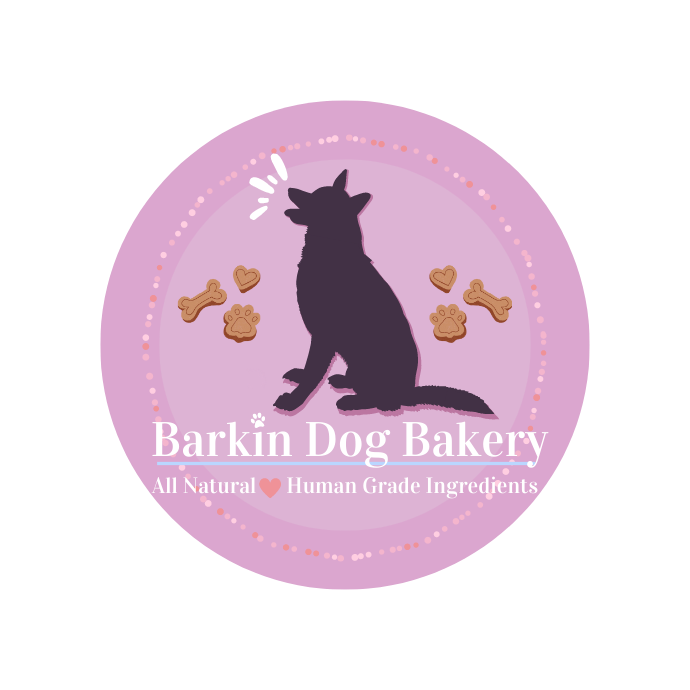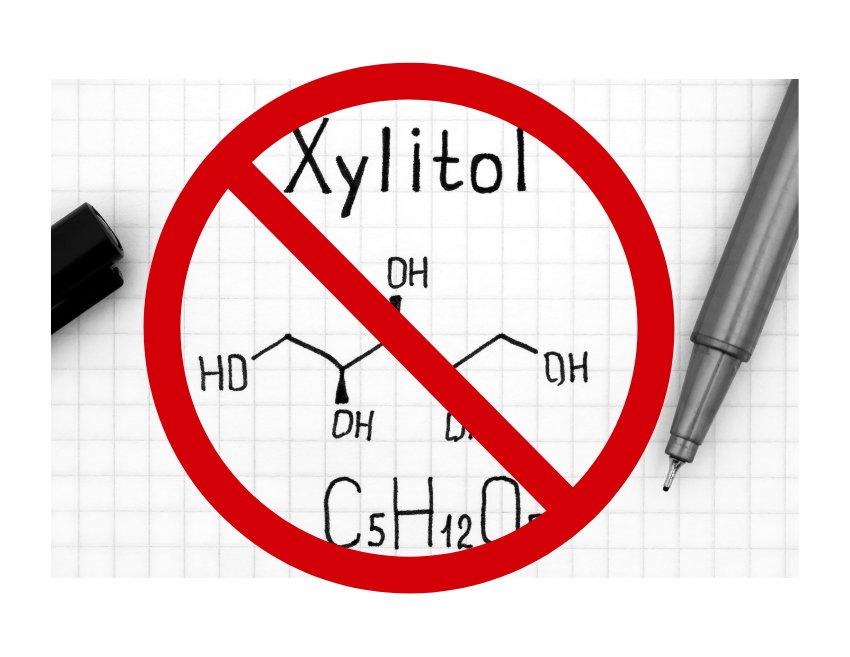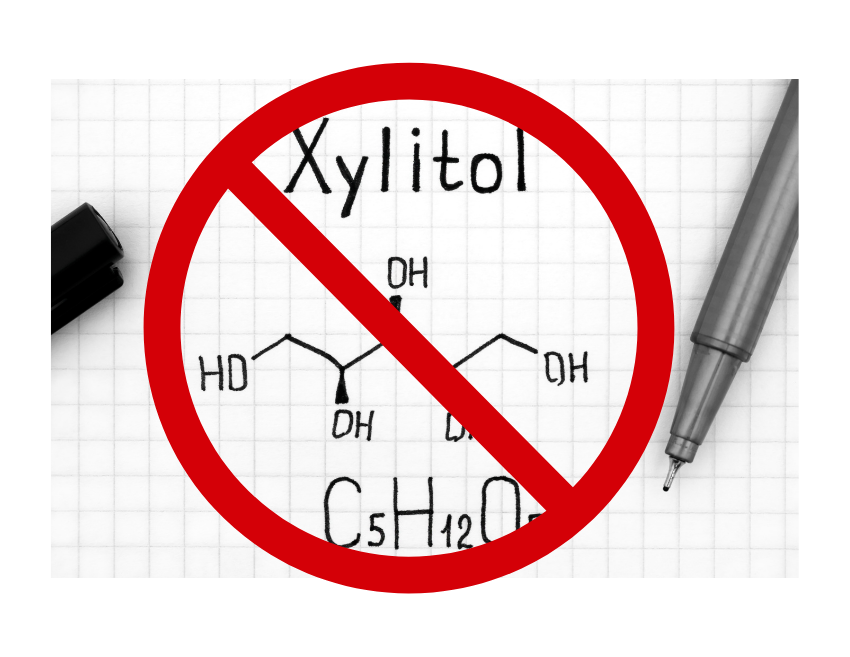Have you ever heard someone say, "Xylitol is toxic to dogs" (Schmid & Brutlag, 2023)? If so, do you know why? If not, let me explain.
Xylitol, also known as birch sugar or wood sugar, is a sugar substitute (a class of sweetener known as a sugar alcohol) used in many products including some sugar-free gums, oral care products, and baked goods (U.S. Food & Drug Administration, 2021). The most common way dogs ingest xylitol is from sugar-free gum that has been left out (Schmid & Brutlag, 2023).

Let's discuss the most common effect for dogs, hypoglycemia (Gwaltney-Brant, 2022). In both humans and dogs our blood sugar levels are controlled by the release of insulin from the pancreas (U.S. Food & Drug Administration, 2021). In humans, xylitol does not stimulate the release of insulin from the pancreas (Schmid & Brutlag, 2023). However, in a dog who ingests even the smallest amount of xylitol (less then 0.1 g/kg) they are at risk of developing hypoglycemia (low blood sugar) (Piscitelli et al., 2010). When dogs ingest xylitol, it is more quickly absorbed in their bloodstream and may result in a potent release of insulin from the pancreas (Schmid & Brutlag, 2023). The rapid release of insulin profoundly decreases in the blood sugar causing the levels to be low (hypoglycemia), an effect that can occur within 10 to 60 minutes of eating xylitol (Schmid & Brutlag, 2023). Untreated, hypoglycemia in dogs can be life-threatening (U.S. Food & Drug Administration, 2021).
Symptoms of xylitol poisoning in dogs may include vomiting, decreased activity, depression, weakness, staggering, incoordination, tremors, collapse, seizures, and coma (U.S. Food & Drug Administration, 2021) (Schmid & Brutlag, 2023). If you believe your dog may have eaten xylitol, take him/her to your vet or an emergency animal hospital immediately (U.S. Food & Drug Administration, 2021). Rapid and aggressive treatment by your veterinarian is essential to effectively reverse any toxic effects of xylitol and prevent the development of severe problems (Piscitelli et al., 2010). Unfortunately, the effects of hypoglycemia and other serious adverse effects may not occur in some cases for up to 12-24 hours (U.S. Food & Drug Administration, 2021). Therefore, your dog may need to be hospitalized for medical monitoring (Piscitelli et al., 2010).
Sadly, there is no antidote for xylitol poisoning, although treatment with intravenous dextrose (glucose) supplementation for hypoglycemia and liver protective drugs are beneficial (Piscitelli et al., 2010). The prognosis is good for dogs that are treated before clinical signs develop, or for dogs that develop uncomplicated hypoglycemia that is quickly reversed (Piscitelli et al., 2010). If liver failure develops, the prognosis is generally guarded and dogs may need prolonged treatment (Piscitelli et al., 2010).

To protect your pups from the dangers of xylitol, check labels for xylitol in the ingredients of products, especially ones that advertise as sugar-free or low sugar (U.S. Food & Drug Administration, 2021). If a product contains xylitol, make sure your dog can't get to it (U.S. Food & Drug Administration, 2021). Keep products that contain xylitol (including those you don’t think of as food, such as toothpaste) well out of your dog’s reach. Only use toothpaste suitable for dogs, never human toothpaste (U.S. Food & Drug Administration, 2021). Remember that some dogs are adept at counter surfing. Also, if you give your dog peanut butter or nut butter as a treat or as a vehicle for pills, check the label first to make sure it doesn’t contain xylitol or check out our xylitol FREE all natural healthy peanut butter (U.S. Food & Drug Administration, 2021).
For information on over 700+ products that are made with xylitol click here. This list is not 100% comprehensive but it is the best resource we've found online.


